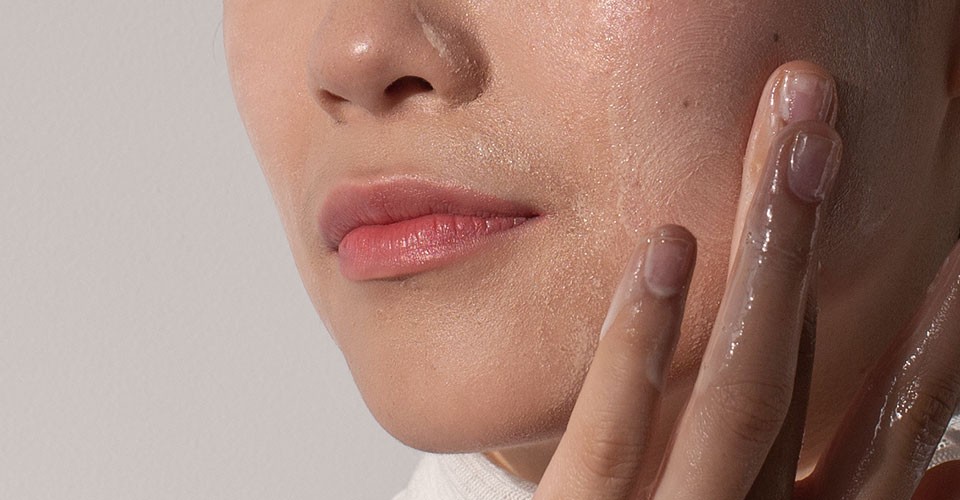What is Inverse Psoriasis and How Can You Help Clients?
As a beautician, understanding various skin conditions is essential for providing the best service to your clients. One common skin issue that may cross your path is inverse psoriasis. So, what is inverse psoriasis? It is a form of psoriasis that manifests itself in the folds of the skin, such as under the breasts, in the groin, or around the armpits. The symptoms include red, inflamed patches that can be very uncomfortable, making it vital for beauty professionals to recognize this condition.
Inverse psoriasis differs from other types of psoriasis, which typically present as dry, scaly patches on the skin. Due to its unique characteristics, those suffering from this condition often face challenges in finding the right treatments and skin-care routines. In this article, we take a deep dive into inverse psoriasis, including its causes, symptoms, and care strategies that can make a significant difference in your treatment recommendations.

Understanding the Causes of Inverse Psoriasis
To answer the question, what is inverse psoriasis, we need to understand its underlying causes. The specific origins of this skin condition remain somewhat unclear, but several factors are believed to contribute to its development. Genetics play a significant role; if someone in your family has psoriasis, you may be more likely to develop inverse psoriasis.
Environmental triggers can also exacerbate the condition. Issues like friction from clothing, heat, sweating, and even certain skin-care products can contribute to flare-ups. Stress and infections are also often linked with worsening the condition. As a beautician, understanding the triggers would help you provide your clients with better skincare solutions. For instance, clients may benefit from gentle products that minimize irritation and a consistent skincare regimen that avoids known irritants.
Symptoms and Diagnosis of Inverse Psoriasis
Identifying inverse psoriasis can be straightforward for experienced beauticians. The primary symptoms include:
- Red, shiny patches of skin in body folds
- Painful cracks in the skin
- Itching or burning sensations
- Skin lesions that may ooze or become infected
Diagnosing inverse psoriasis typically involves a visual examination by a dermatologist, who may also request a biopsy to rule out other skin conditions. Recognizing these symptoms early can enable you to advise your clients to seek professional medical advice quickly.
Managing Inverse Psoriasis: What Should Beauticians Know?
As a beautician, your role in managing inverse psoriasis can significantly affect your clients' skin health. Here are some strategies you can recommend:
- Gentle Exfoliation: You can learn about how to exfoliate sensitive skin effectively without causing irritation. Achieving a balance between cleansing and protecting sensitive areas can help your clients maintain smoother skin.
- Hydration: Moisturizing can alleviate dryness and discomfort. Encourage clients to use non-comedogenic moisturizers that won't aggravate their skin. Products with ingredients like aloe vera or tea tree oil are excellent choices.
- Sun Protection: As with any skincare routine, sun protection is crucial. Recommend suitable SPF products to avoid worsening skin irritation.
- Careful Product Selection: Suggest clients avoid products containing alcohol or fragrances, as these can irritate sensitive skin.
- Regular Consultation: Encourage clients to have regular check-ups with a dermatologist to monitor their condition.
Self-Care Techniques for Clients with Inverse Psoriasis
Self-care is an essential component of managing inverse psoriasis. As a beautician, you can provide your clients with knowledge about helpful techniques:
- Wear Loose Clothing: Advise your clients to opt for breathable, loose-fitting clothes to minimize friction.
- Maintain a Routine: Regular skin-care routines can help manage symptoms. Recommend entering a routine using products designed for sensitive skin.
- Avoid Triggers: Educating clients on their personal triggers can help manage flare-ups.
When to Seek Professional Help
While you can offer numerous tips and advice, it is important to remind clients when to seek help from a dermatologist. They should consider professional care if they experience:
- Severe pain or discomfort
- Signs of infection, such as increased redness or oozing
- Flare-ups that do not respond to over-the-counter treatments
You may point them to resources such as the Healthline article on psoriasis for further reading.
Conclusion
Understanding what is inverse psoriasis and its impact on your clients is essential in the beauty industry. With appropriate knowledge and tools, beauticians can help clients manage their skin health effectively. Recognizing symptoms and making the right recommendations can help clients feel more in control of their condition, improving overall treatment outcomes.

FAQ Section
Q1: What triggers inverse psoriasis?
A1: Triggers can include friction, heat, stress, and certain skin-care products.
Q2: Is inverse psoriasis contagious?
A2: No, inverse psoriasis is not contagious.
Q3: Can inverse psoriasis be cured?
A3: While there is no cure, many effective treatments can manage symptoms.

